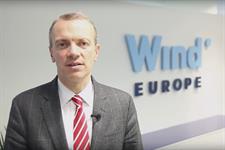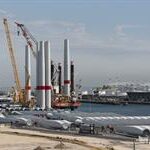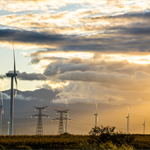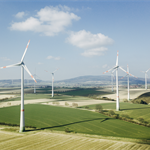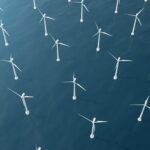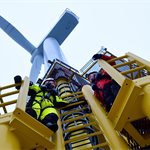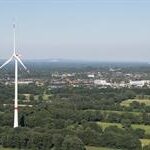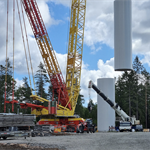Permitting the key obstacle to EU wind investments – WindEurope
Energy Disrupter
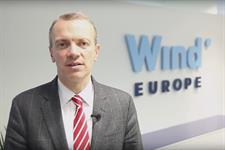
At €42.8 billion, 2020 investment in new European wind farms was the second highest annual amount on record. Nevertheless, it lagged what is required for 2030 climate and energy goals to be met, according to WindEurope.
The total comprised a record €26.3 billion in the offshore sector, while the €16.5 billion invested onshore was the lowest amount since 2017.
The €42.8 billion will support 19.6GW of new European wind capacity – 12.5GW onshore and 7.1GW offshore. However, WindEurope warned that the EU needs to build 27GW per year, if it is to meet its new 55% emissions reduction target.
The slow pace of permitting was cited as the main obstacle to growth, with most EU member states failing to meet the permitting deadlines set out in the EU Renewable Energy Directive. Permitting rules and procedures remain too complex, the industry body added, delaying projects, adding to costs and leading to fewer wind farms being built.
Permitting authorities also lacked sufficient staff to process the applications, WindEurope claimed in its Wind Energy Financing and Investment Trends 2020 report.
“Governments need to simplify their permitting and ensure there are people to process the permit applications.
“Otherwise there’s no point having a higher renewables target”, WindEurope’s CEO Giles Dickson, said.
Four countries accounted for more than 75% of the 2020 investment volumes: the UK (€13.5 billion), the Netherlands (€7.9 billion), France (€6.5 billion) and Germany (€4.3 billion), while around €1.6 billion was invested in each of Turkey and Poland. Around 70% of the UK’s total (€9.4 billion) was spent on the first two phases of the Dogger Bank offshore wind complex.
Financing trends
Wind farms continue to be financed with 70-90% debt and 10-30% equity, WindEurope found. It added that bank finance remained crucial and was increasingly project-specific, especially in the offshore sector.
Larger wind farms are increasingly evolving into business entities with their own management teams and financial reporting, WindEurope explained. They are also capable of raising debt on their own.
Banks lent a record €21.3 billion of non-recourse debt to new wind farms in 2020, with a further €6.5 billion being directed at refinancing. This accounted for 36% of all investment in new onshore capacity and 58% of that in the offshore sector.
Non-recourse debt is lent to special purpose vehicles for specific projects and is not listed on companies’ balance sheets. Because it is raised at a project level, lenders have no recourse to owners’ assets in cases of project default.
“The challenge currently facing the wind sector lies not in access to capital, but in accessing a pipeline of investable projects”, said Edward Northam, Head of Green Investment Group Europe.
“Investors are working hard to address this gap by delivering innovative capital structuring solutions that help make new projects happen.”
Corporate and industrial energy consumers are increasingly keen to source power directly from wind farms, WindEurope noted.
Last year, 24 new wind energy power purchase agreements (PPAs) were signed for more than 2GW of capacity and across a range of sectors, including chemicals, pharmaceuticals, telecommunications and information and communications technology.
WindEurope says corporate PPAs – with their stable long–term revenues – make it easier to raise debt at low interest. The same applies to the contracts for difference (CfDs) that governments are increasingly offering in their auctions.

